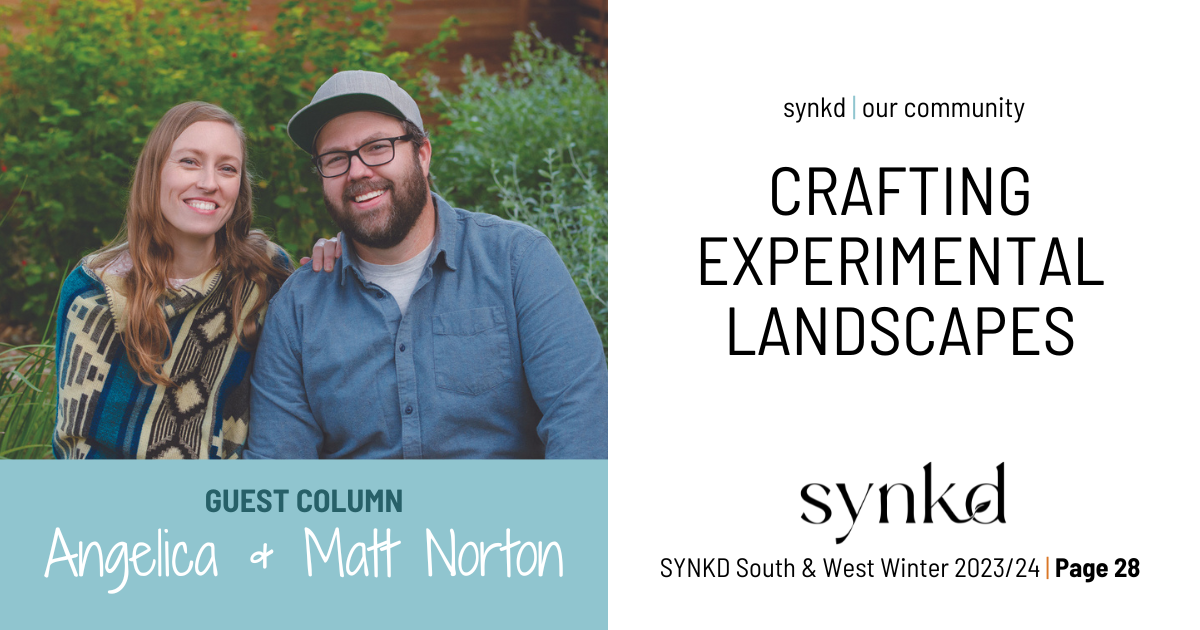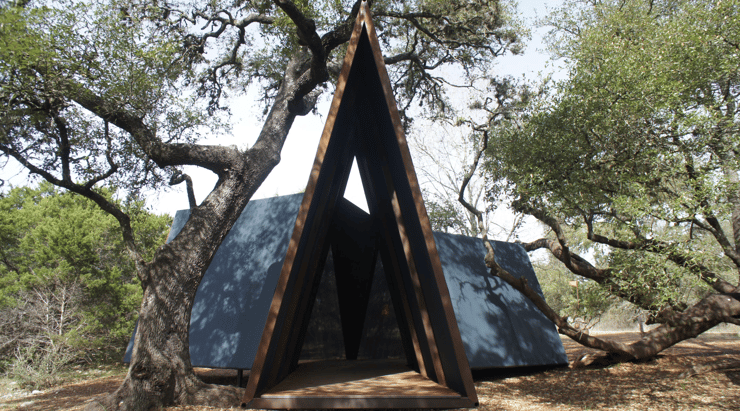Building a Base
Part II

Having previously covered information gathering and 3D modeling, let’s now focus on the landscape design. The best designs have a strong concept. This doesn’t mean it has to be overly complicated; in fact, a dynamic design can be deceptively simple to enhance narratives, facilitate decision-making and create more impactful experiences.
In our office, we delve into various types of concepts, including material experimentation such as fabrics and metals that diffuse light. We also look at efficiency, like how to get the most out of a small project footprint or alternative construction methods to expedite installation.
Experimental concepts engage the senses to evoke emotional responses. There are numerous examples like ecology, sustainability, social commentary, therapy, seasonality etc.; identify and focus on a big idea and allow that to drive the design.
Some guidelines on developing an experimental design concept involve first recognizing the user’s sensory experience engaging with the space, prior to specifying the materials or overall spatial organization. Also, don’t let knowledge hinder creativity. If you get bogged down in how to build something unusual or complicated, you might discard the idea before you do something outside of your comfort zone. And, finally, don’t let the tool define the idea. This last one refers back to our previous article on technology, as it’s easy to let the program you design in influence your designs at a fundamental level. Imagine the ease of developing an organic shape with a pencil versus a computer and mouse.
We think one of our projects that exemplifies a good experimental narrative is an art piece called Blanket Fort—because it had a strong concept. The project was a reimagining of the forts of our childhood and aspired to elicit a nostalgic feeling of mystery and wonder. It required both easy assembly and disassembly for a temporary installation among other Fortlandia commissions at the Lady Bird Johnson Wildflower Center in Austin, Texas, and could not adversely affect any of the nearby trees.

The supports were draped with shade fabric and nestled under a heritage tree. Our fort was intentionally dark with a central light well, creating a sense of mystery and drawing a user inside to entice them to look up into the wonder of the framed canopy.
The main takeaway is asking yourself “does this support the concept?” when moving into more specifics. If not, that element should be cut to simplify the design. Next, we’ll go over how to take your concept and client’s wants and needs and begin to lay them out.
Angelica Norton, ASLA
Owner & Principal Designer of Open Envelope Studio LLC
Phone: (512) 925-0155
Email: angelica@openenvelopestudio.com
.png)
Angelica & Matt Norton, landscape designers & owners of Open Envelope Studio, discuss applications, installation, and aesthetic opportunities of...